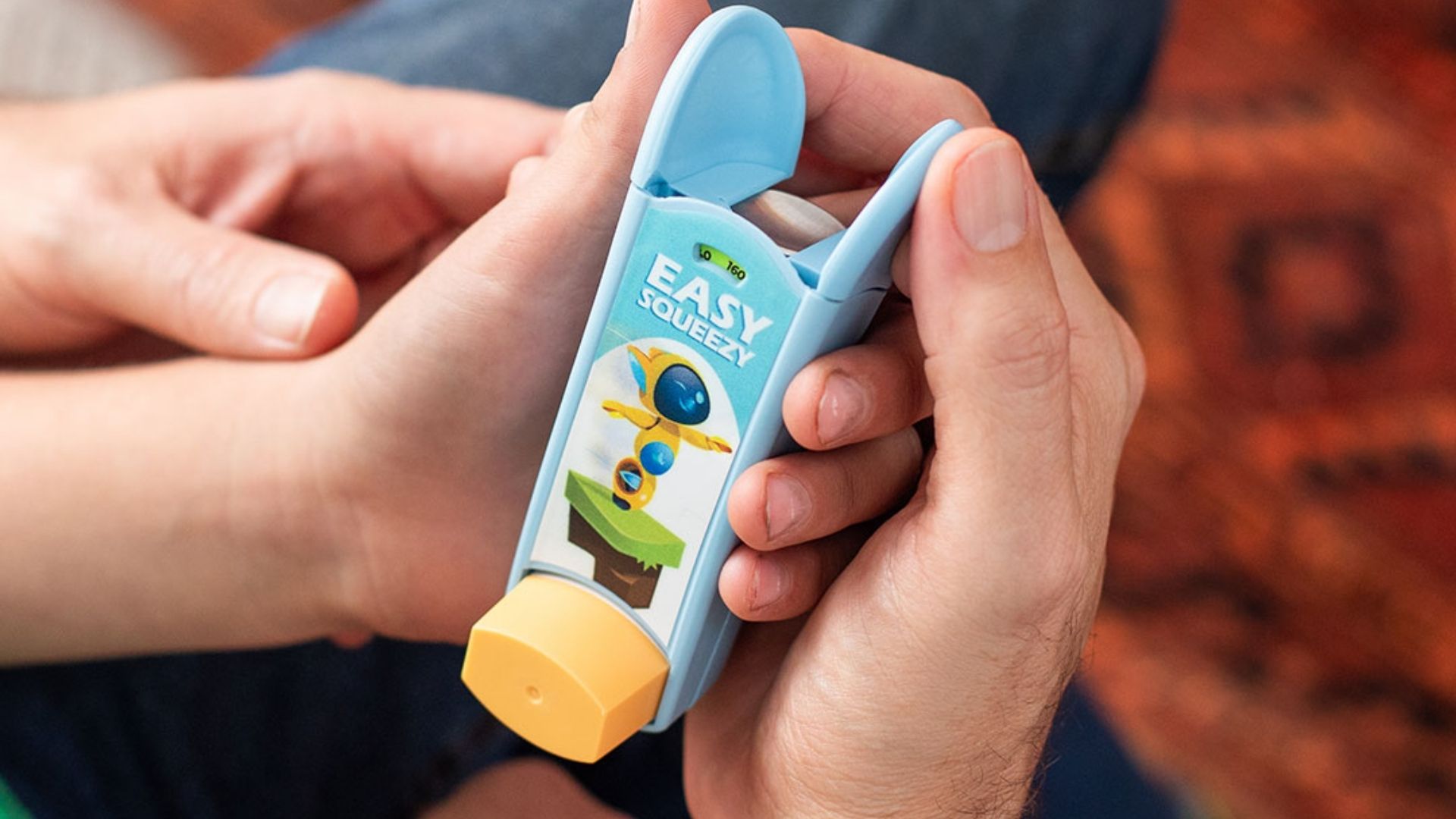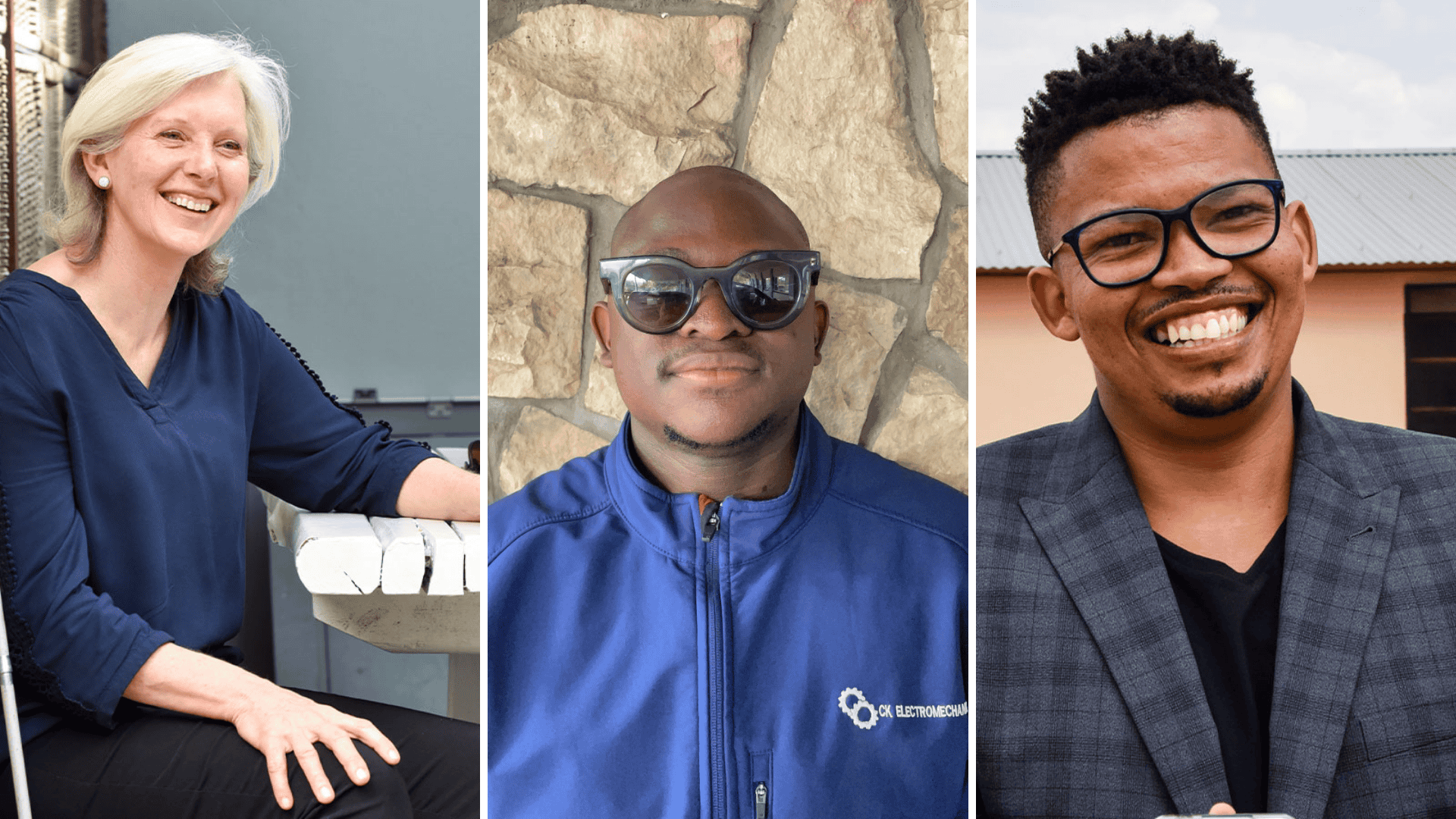
If you missed part 1 of the series, click here to read more about how the Easy Squeezy team is making strides for asthma care and more equitable healthcare access.
Transitioning from small-batch production to full-scale manufacturing is a major leap for any startup. During the early phases, the team had been producing between 500 and 1,000 units at a time, mostly for studies and feedback. This allowed them to refine the product based on real-world use. But everything changed when Cipla came on board with a 20,000-unit order.
This large-scale production introduced new complexities and pressures. The team had to ensure their entire operation, from engineering to regulatory and quality assurance, could meet the demands of commercial-scale output. It meant long hours, relentless attention to detail, and a deep commitment from every member of the team. Yet throughout this intense period, they remained driven by a singular purpose: to get life-changing devices into the hands of children who needed them most.
How to catch the attention of big brands like Cipla
For entrepreneurs aspiring to partner with large corporates, the Easy Squeezy team offers some valuable advice grounded in lived experience.
Clarity is key
It’s not enough to call a product innovative, pharmaceutical companies need concrete proof. For Easy Squeezy, demonstrating an 80% reduction in activation force, allowing even five-year-olds to use inhalers independently, was a decisive factor.
Timing matters
Approaching potential partners too early, before clinical validation or regulatory readiness, can derail progress. The team’s peer-reviewed studies proved essential in sparking serious conversations with major players.
Relationships open doors that cold outreach cannot
Warm introductions via university networks and research support teams helped connect Easy Squeezy to key decision-makers. Champions like Tommy Scott and Eva Minkov played pivotal roles in unlocking opportunities that would have been otherwise out of reach.
Regulatory readiness is non-negotiable
From FDA to CE to SAHPRA, understanding the regulatory landscape gave the team the credibility to have informed, forward-moving conversations. Partners want clear roadmaps, not vague intentions.
Manufacturing capability can be the dealmaker
A working prototype isn’t enough. Easy Squeezy had to prove it could consistently deliver high-quality devices at scale and within cost constraints. Early investment in manufacturing partnerships and quality systems made all the difference.
Lessons learned along the way
Several core lessons have guided the Easy Squeezy journey, and the team is passionate about sharing them with fellow entrepreneurs.
One of the most significant was the importance of starting with a real-world problem. Rather than beginning with a novel technology and searching for a market, they grounded their work in the lived experience of patients. This ensured that the product was always aligned with a genuine need.
They also emphasised the importance of including all stakeholders early in the process. By consulting clinicians, caregivers, patients, and public health professionals from the start, they avoided costly detours and ensured relevance at every stage of development.
Another strategic choice was to take incremental steps. The team focused on proof-of-concept first, then moved to usability testing, followed by clinical validation. Each phase built on the previous one, allowing them to manage risk and maintain investor confidence.
Academic partnerships proved invaluable. UCT provided more than just physical resources, it offered credibility, access to research infrastructure, and powerful networks.
In their interactions with investors, the team had to educate. Most funders lacked expertise in the medical device space, so the team took on the role of teacher, explaining timelines, market dynamics, and regulatory hurdles. This investment in communication paid off.
Operating within South Africa’s healthcare system also sharpened their instincts. They learned how to navigate limited resources, rural distribution challenges, and budget constraints. These experiences have given them an edge as they look to expand into other emerging markets.
What lies ahead for Easy Squeezy
While the Cipla order represents a major milestone, the team behind Easy Squeezy is far from finished.
Their next innovation is already making waves. The ZiBiPen is a reloadable epinephrine auto-injector designed to replace the costly EpiPen. The ZiBiPen as well as the refills are aimed to be priced much more affordably. It follows the same principles: affordability, accessibility, and sustainability.
Beyond physical devices, the team is exploring how digital tools, such as Bluetooth integration, mobile apps, and real-time monitoring, could enhance adherence without increasing cost or complexity.
What makes Easy Squeezy stand out is its compatibility with existing inhalers. Rather than replacing current devices, they enhance them by offering substantial usability improvements at a fraction of the cost. Their clinically validated results, especially the 26% boost in adherence, build trust among healthcare professionals and create a strong competitive moat.
Staying true to the mission
To other entrepreneurs in healthcare, their message is clear: Start with the problem, build strong partnerships, be patient, and stay focused on the people you are serving. The journey may be long, but the impact is deeply rewarding.




